Display all 8 images
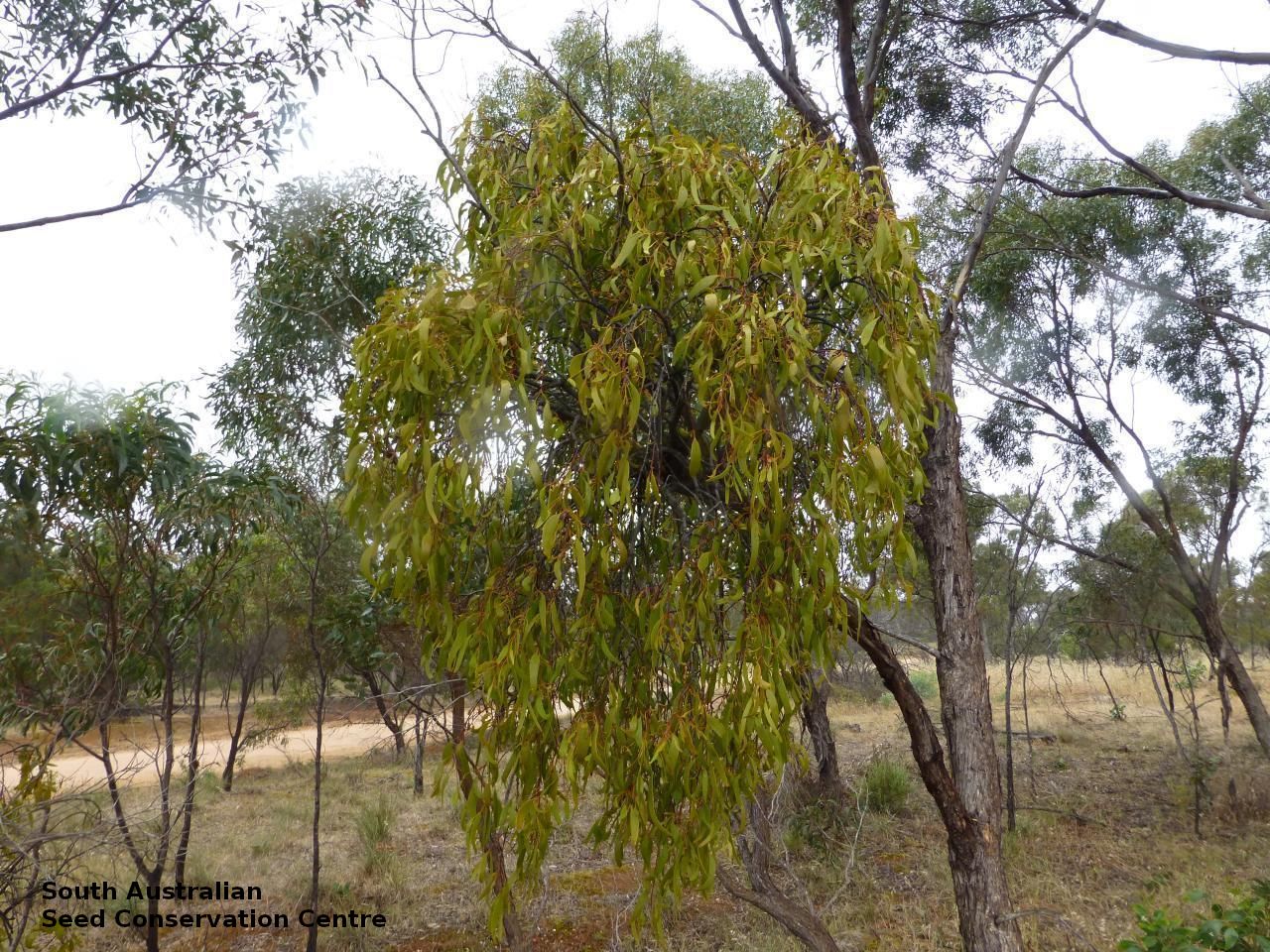
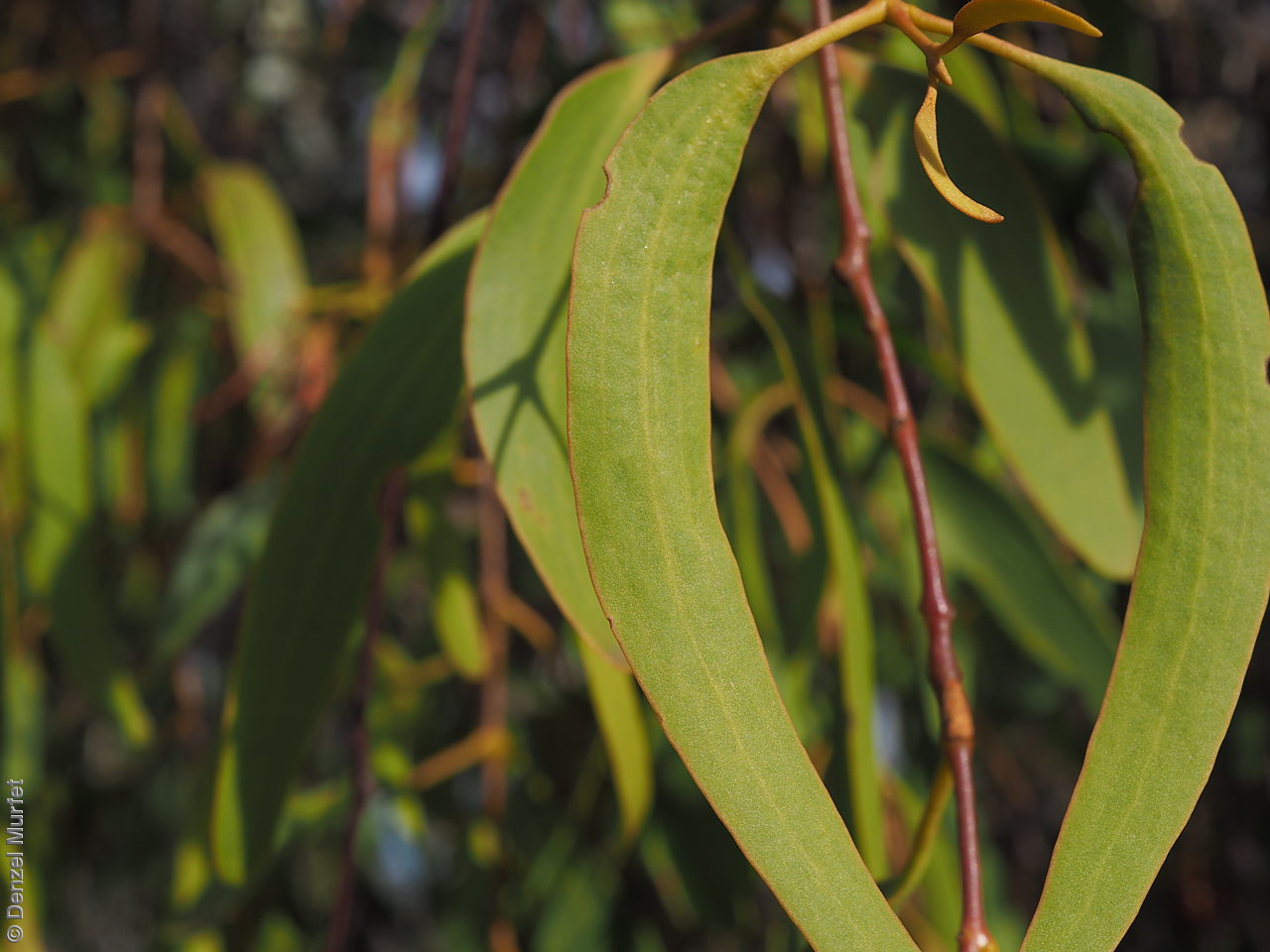
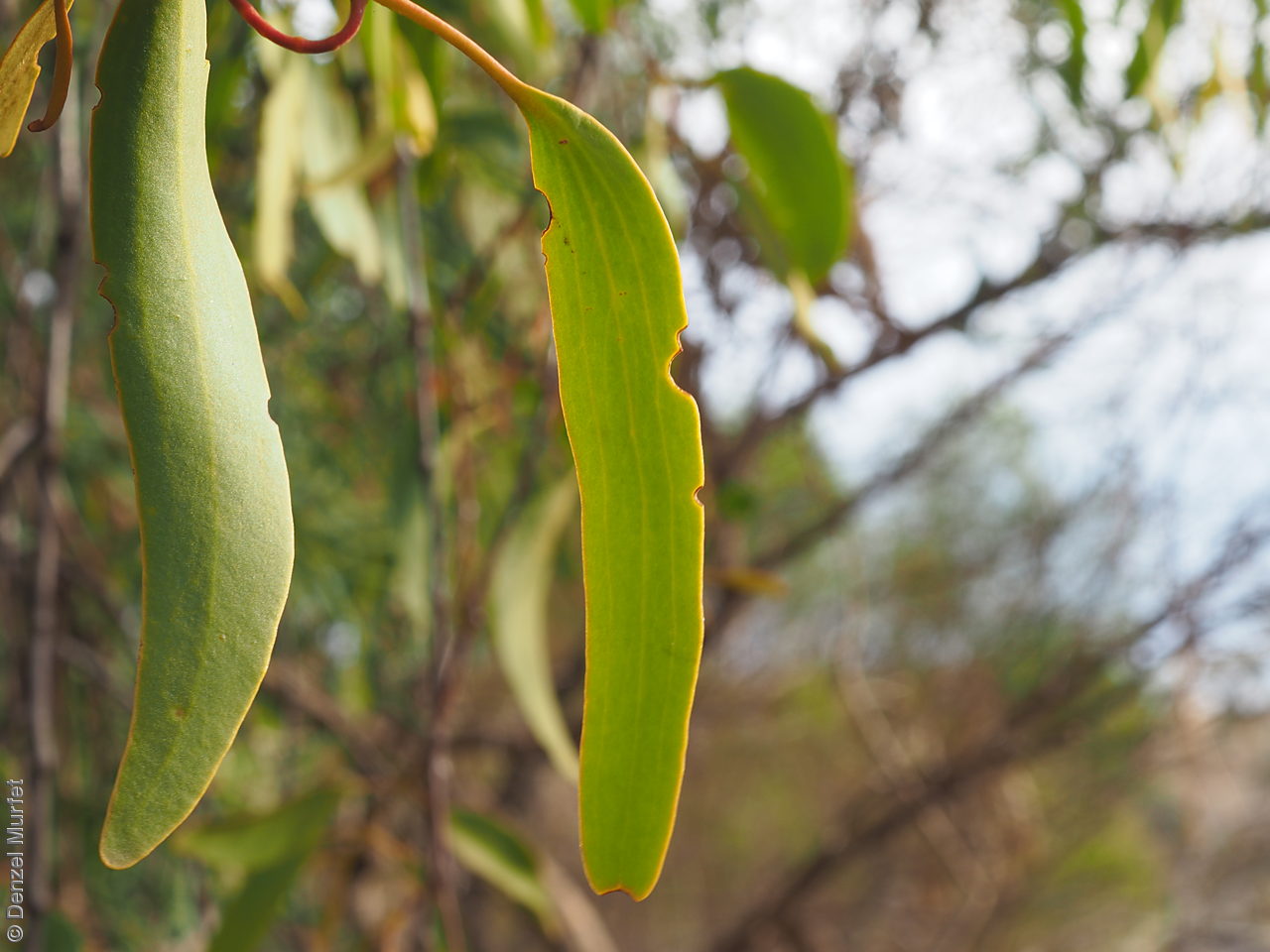
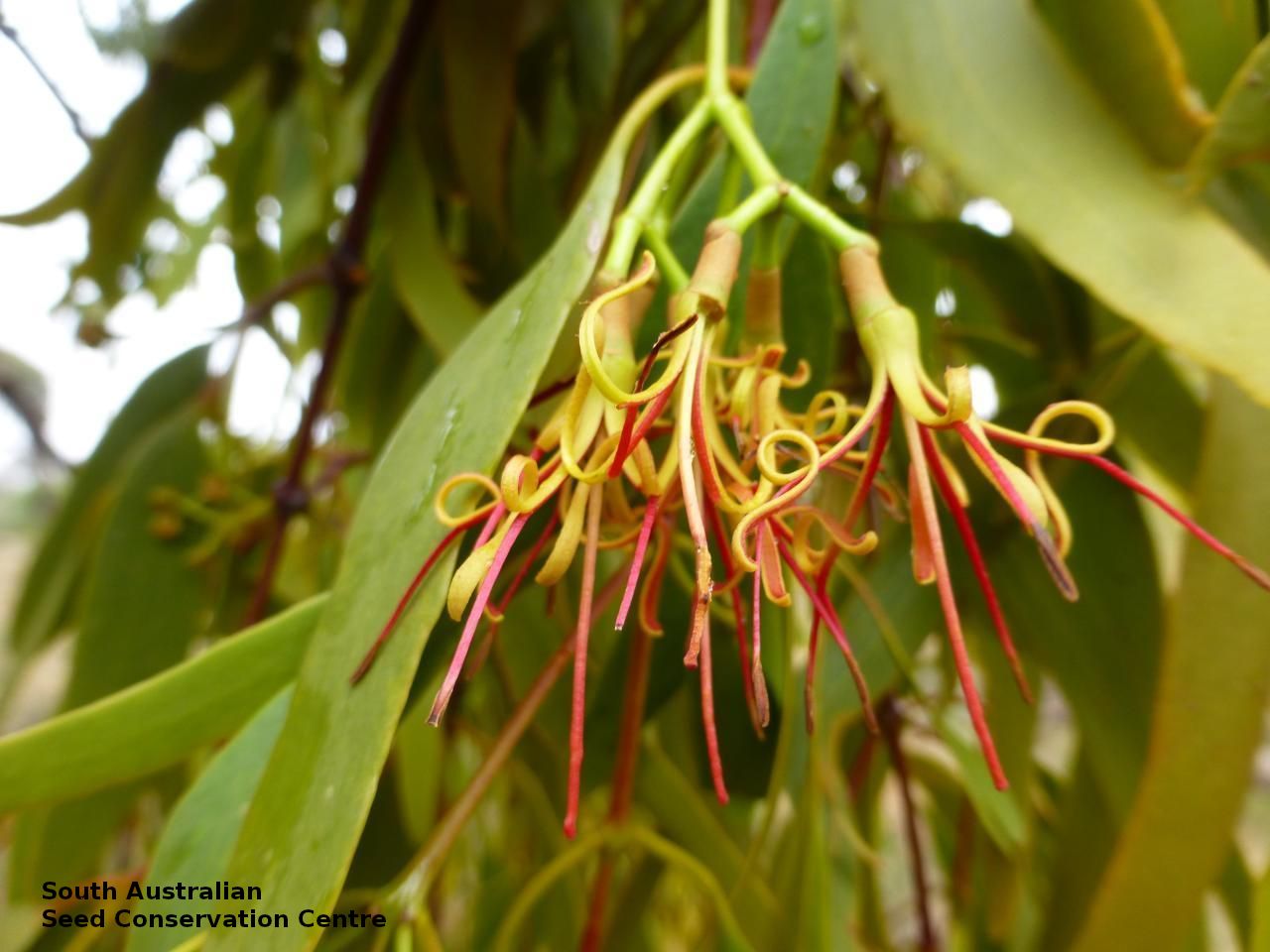
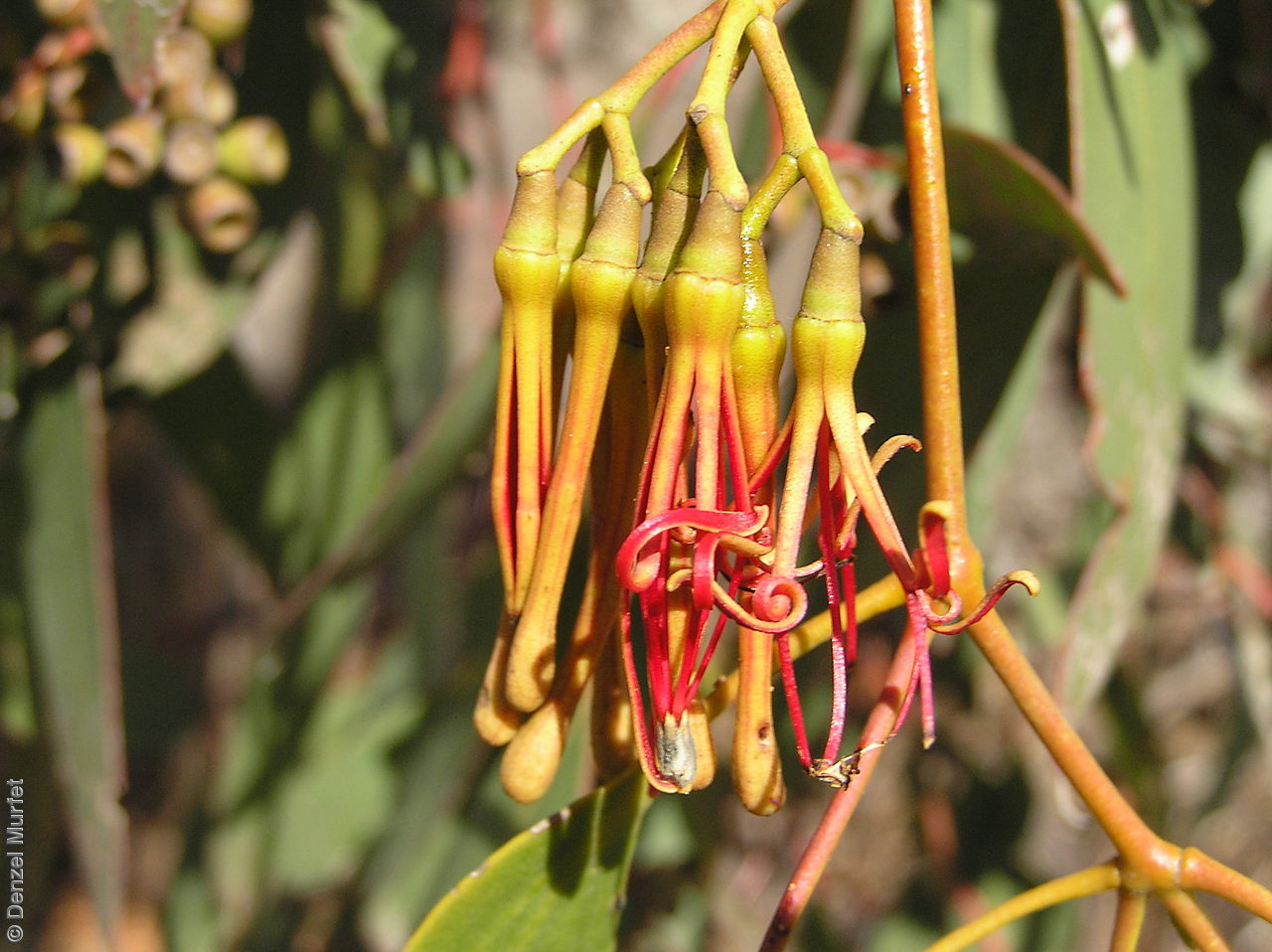
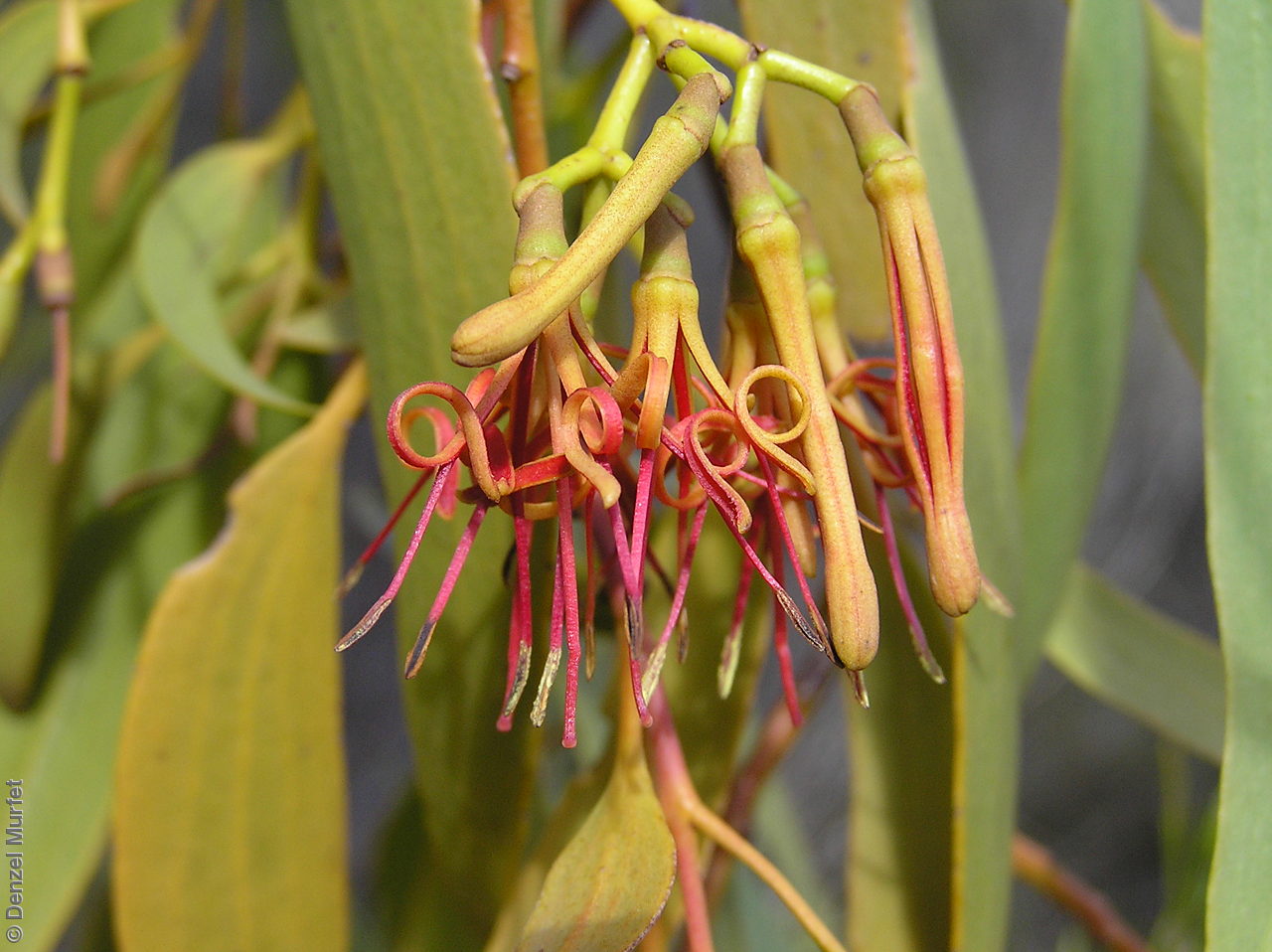
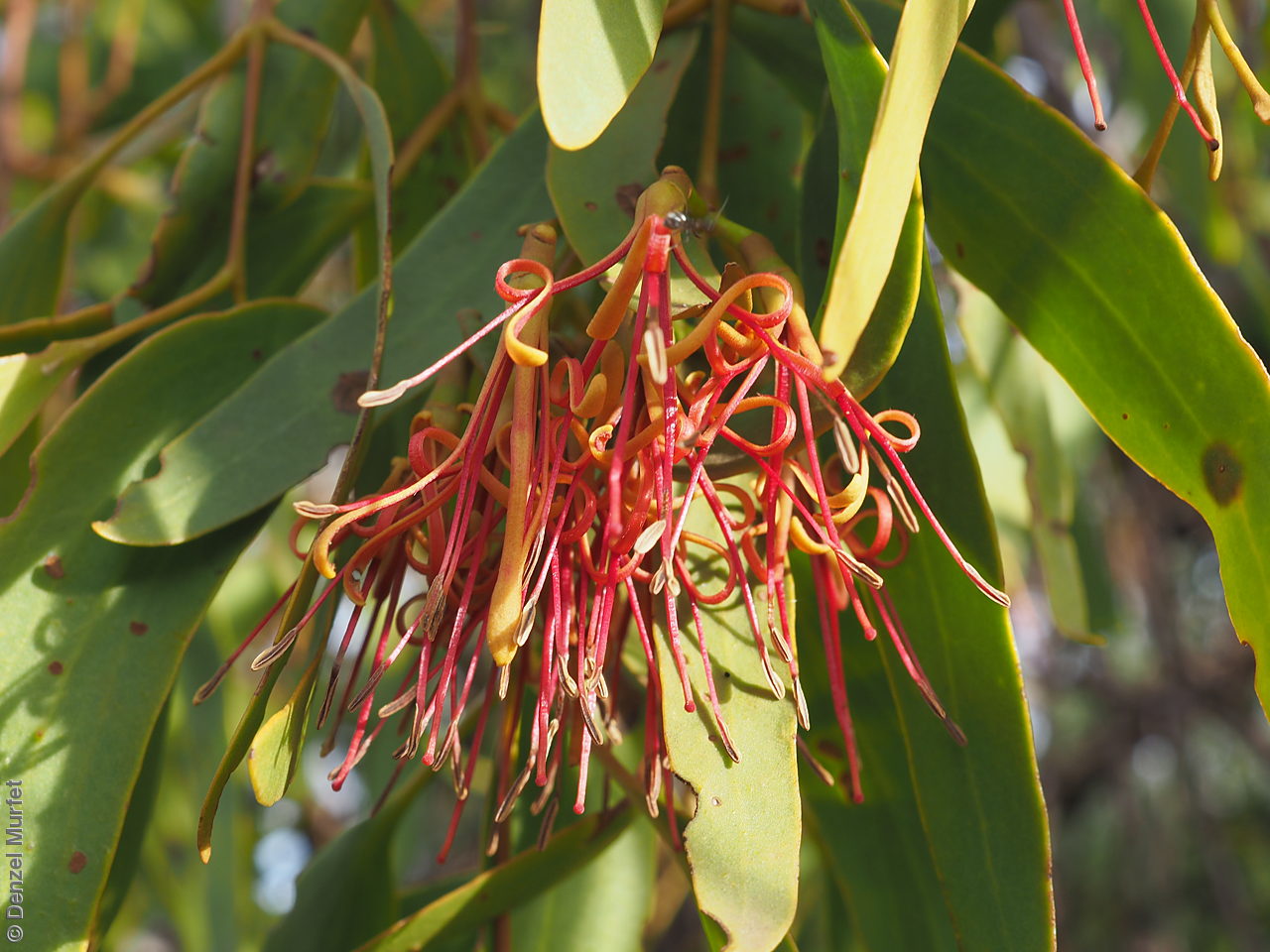
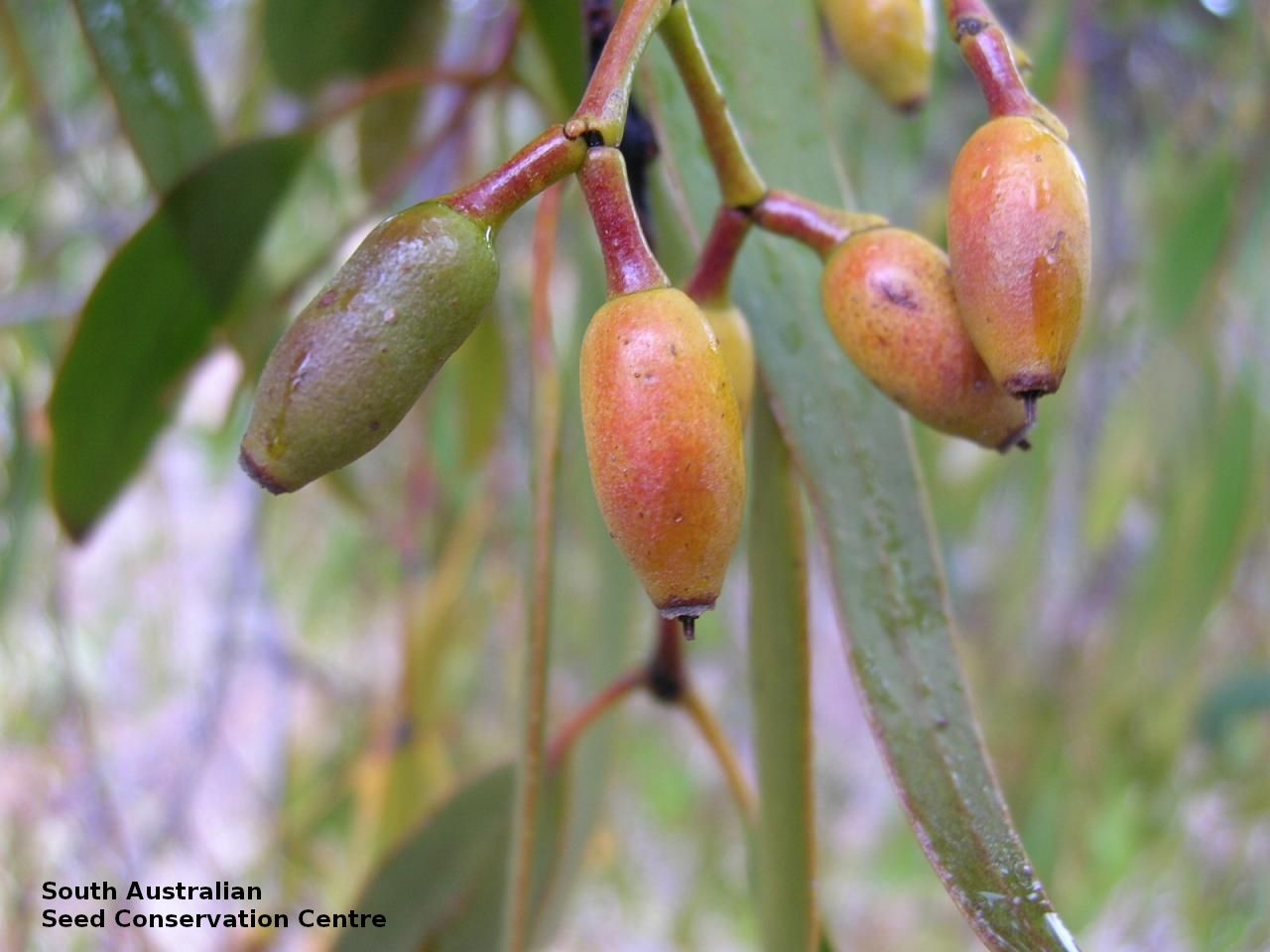
Regional Species Conservation Assessments per IBRA subregion.


Least concern
Near threatened
Rare
Vulnerable
Endangered
Critically endangered
Extinct
Data deficient
Adelaide
Arkaroola
Ceduna
Coober Pedy
Hawker
Innamincka
Marla
Marree
Mount Gambier
Oodnadatta
Renmark
Wudinna
Keith
Yunta
Display IBRA region text
| Mount Gambier (SVP02) | Southern Volcanic Plain | Rare (IUCN: RA d(i,ii)) |
| Bridgewater (NCP01) | Naracoorte Coastal Plain | Least Concern |
| Glenelg Plain (NCP02) | | Rare (IUCN: RA d(ii)) |
| Lucindale (NCP03) | | Least Concern (Probable Increase) |
| Tintinara (NCP04) | | Least Concern (Probable Increase) |
| Fleurieu (KAN02) | Kanmantoo | Least Concern |
| Mount Lofty Ranges (FLB01) | Flinders Lofty Block | Least Concern |
| Broughton (FLB02) | | Least Concern (Probable Increase) |
| Olary Spur (FLB03) | | Least Concern (Probable Increase) |
| Southern Flinders (FLB04) | | Least Concern (Probable Increase) |
| Northern Flinders (FLB05) | | Least Concern [favours Eucalypts] |
| Central Flinders (FLB06) | | Least Concern [favours Eucalypts] |
| Southern Yorke (EYB01) | Eyre Yorke Block | Rare (IUCN: RA d(ii)) (Probable Decline) [Hosts have declines] |
| St Vincent (EYB02) | | Least Concern (Probable Increase) [In plague proportions on mallee on council reserves] |
| Eyre Hills (EYB03) | | Rare (IUCN: RA d(ii)) [lack of records?] |
| Eyre Mallee (EYB05) | | Rare (IUCN: RA d(ii)) [lack of records?] |
| South Olary Plain (MDD01) | Murray Darling Depression | Least Concern |
| Murray Mallee (MDD02) | | Least Concern |
| Murray Lakes and Coorong (MDD03) | | Rare (IUCN: RA d(i,ii)) [limited habitat, edge of range; could be increasing] |
| Lowan Mallee (MDD04) | | Least Concern |
| Wimmera (MDD05) | | Rare (IUCN: RA d(ii)) |
| Murray Scroll Belt (RIV06) | Riverina | Least Concern |
| Myall Plains (GAW01) | Gawler | Least Concern |
| Gawler Volcanics (GAW02) | | Rare (IUCN: RA d(ii)) |
| Gawler Lakes (GAW03) | | Rare (IUCN: RA d(ii)) |
| Arcoona Plateau (GAW04) | | Rare (IUCN: RA d(ii)) |
| Kingoonya (GAW05) | | Rare (IUCN: RA d(ii)) |
| Torrens (GAW06) | | Rare (IUCN: RA d(i,ii)) [unusual record] |
| Maralinga (GVD03) | Great Victoria Desert | Least Concern |
| Kintore (GVD04) | | Least Concern |
| Yellabinna (GVD06) | | Least Concern |
| Yalata (NUL03) | Nullarbor | Least Concern |
| Bimbowrie (BHC05) | Broken Hill Complex | Rare (IUCN: RA d(i,ii)) [Lack of hosts] |
| Curnamona (BHC06) | | Rare (IUCN: RA d(i,ii)) [Lack of hosts] |
| Breakaways (STP01) | Stony Plains | Rare (IUCN: RA d(i,ii)) [localised; lack of hosts] |
| Murnpeowie (STP03) | | Rare (IUCN: RA d(i,ii)) [outlier ] |
| Lake Pure (CHC07) | Channel Country | Rare (IUCN: RA d(i,ii)) |
| Mann-Musgrave Block (CER01) | Central Ranges | Least Concern |
| Watarru (CER02) | | Least Concern |
| Mount Gambier (SVP02) | Southern Volcanic Plain | Rare (IUCN: RA d(i,ii)) |
| 4 of 4 subregions | Naracoorte Coastal Plain | Least Concern , Rare |
| Fleurieu (KAN02) | Kanmantoo | Least Concern |
| 6 of 6 subregions | Flinders Lofty Block | Least Concern |
| 4 of 5 subregions | Eyre Yorke Block | Least Concern , Rare |
| 5 of 6 subregions | Murray Darling Depression | Least Concern , Rare |
| Murray Scroll Belt (RIV06) | Riverina | Least Concern |
| 6 of 8 subregions | Gawler | Least Concern , Rare |
| 3 of 4 subregions | Great Victoria Desert | Least Concern |
| Yalata (NUL03) | Nullarbor | Least Concern |
| 2 of 4 subregions | Broken Hill Complex | Rare |
| 2 of 7 subregions | Stony Plains | Rare |
| Lake Pure (CHC07) | Channel Country | Rare (IUCN: RA d(i,ii)) |
| 2 of 3 subregions | Central Ranges | Least Concern |
Botanical art
Kath Alcock paintings: 29
Prior names
Loranthus aurantiacus
Amyema aurantiaca
Loranthus miquelii
Common names
Box Mistletoe
Nyir#unypa
Etymology
Amyema from the Greek 'a-' meaning not and 'myeo' meaning to initiate, referring to a new feature having been found to separate this genus from the genus Loranthus. Miquelii named after Dr. Friedrich Anton Wilhelm Miquel (1811-1871), a Dutch botanist whose main focus was on the flora of the Dutch East Indies.
Distribution and status
Found throughout much of South Australia except on Kangaroo Island, growing in sclerophyll forest and woodland, parasitising on many species of Eucalyptus and Acacia species, rarely on other hosts. Also found in all mainland states. Native. Common in South Australia. Common in the other states.
Herbarium regions: North Western, Lake Eyre, Gairdner-Torrens, Flinders Ranges, Eastern, Northern Lofty, Murray, Yorke Peninsula, Southern Lofty, South Eastern, Green Adelaide
NRM regions: Adelaide and Mount Lofty Ranges, Alinytjara Wilurara, Eyre Peninsula, Northern and Yorke, South Australian Arid Lands, South Australian Murray-Darling Basin, South East
AVH map: SA distribution map (external link)
Plant description
Semiparisitic aerial shrub with stems and leaves glabrous, except for young shoots. Leaves linear to elliptic to 40mm long and 3 mm wide. Inflorescence a hanging cluster of red flowers with the central stalk longer than the other two. Flowering between December and April. Fruits are yellow-red cylindrical to pear-shaped fruit to 12 mm long; fleshy. Seeds are large sticky globular seeds.
Seed collection and propagation
Collect seeds between February and June. Collect fruits that are maturing, turning yellow and sticky. Seeds can be collected about 12 weeks after flowering. No cleaning is required if only seeds are collected. However, seeds can not be stored long term. Seeds are recalcitrant, that is they do not survive drying and freezing and can not be stored long term for ex-situ conservation. Seeds are recalcitrant and will germinate readily.






